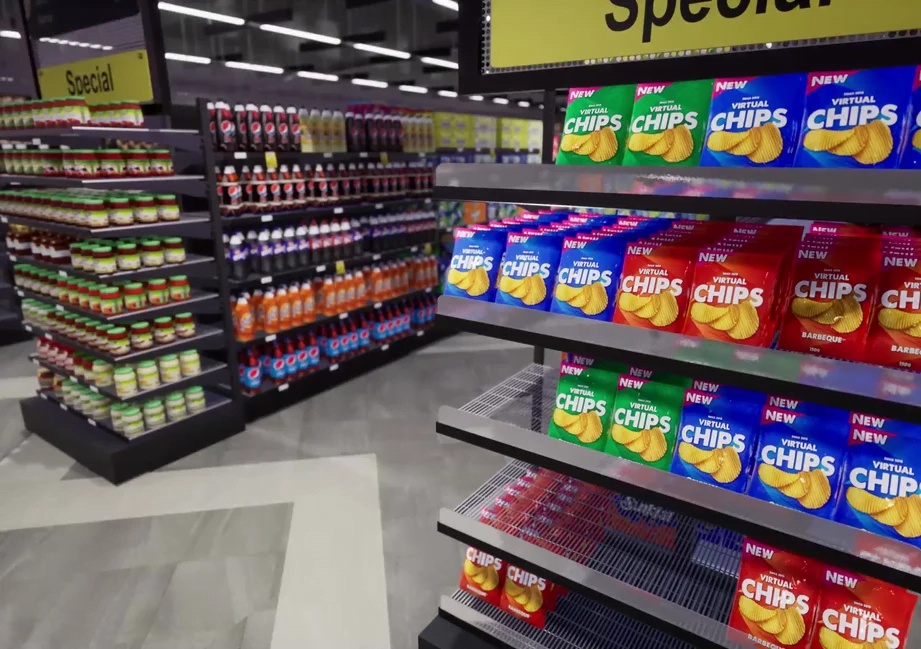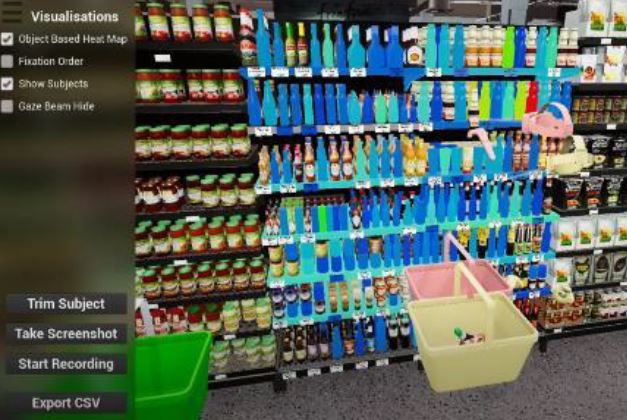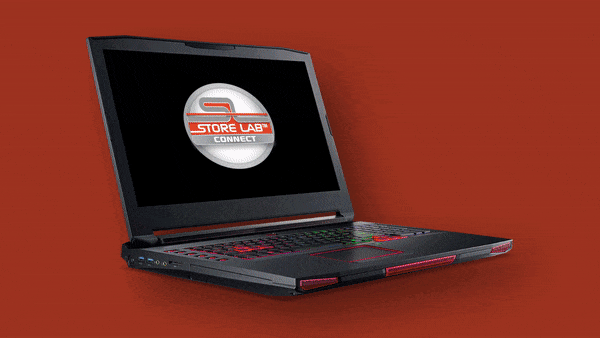Future of Retail: How Digital Store Design is Changing Retail
In this article, we explore how digital store design is redefining physical retail and what future-ready stores will require to stay competitive.
What Is Digital Store Design, Really?
Digital store design goes far beyond visual appeal. It’s about integrating space, technology, and real-time data into a cohesive, responsive environment. Instead of static environments, retailers are now creating adaptable systems that support analytics, automation, and experience design from the ground up.
It’s the foundation for smarter decisions across layout, operations, and customer engagement.
Key Components of Future-Ready Store Design
Retailers leading the shift are embracing digital infrastructure from day one. Core components include:
Smart shelves with built-in sensors that track inventory, engagement, and dwell time
Digital signage that changes dynamically based on time of day or shopper profiles
Modular store layouts that support pop-ups, seasonal reconfigurations, or campaign activations
Power, device and network planning that allows for scalable tech deployment
Designing for Data: How Layout Enables Better Retail Decisions
Store layout isn’t just about flow, it’s also about data visibility. When retailers embed tracking tools from the start, they gain access to:
Customer journey analytics and behaviour mapping
Real-time performance data on zones, displays, and traffic
Faster iteration on campaign activations and store changes
With smart retail technology, StoreLab helps retailers use data to test, learn, and improve across every store format. Teams can even simulate store performance before rollout using digital twin simulations.
StoreLab’s Approach: Turning Design into Performance
StoreLab designs retail environments where technology and layout work hand in hand. Our conceptual setups include:
Product trial zones with lighting that adapts based on motion or time spent in an area
Store-within-a-store formats that allow brand activations inside a shared footprint
Plug-and-play digital fixtures like connected screens and mobile-powered product walls
These concepts can be scaled across multiple store formats using StoreLab Fieldforce, helping brands activate campaigns consistently without infrastructure overhauls.
Explore more about virtual retail layout simulations and how immersive design tools support smarter in-store decisions.
Designing for Omnichannel Integration
Modern store design must accommodate more than walk-in traffic. Today’s shopper journey often begins online and continues in-store. Future-ready layouts consider:
Dedicated click & collect zones for streamlined order pickups
Back-of-house fulfilment capacity to support online orders from local inventory
QR-to-cart and mobile checkout areas that blend digital access with physical browsing
Flow separation between fulfilment, browsing, and experience-led zones
The Role of Retail Design Software
Layer in shelving, signage, lighting, and fixtures
Simulate shopper behaviour and traffic flows
Collaborate in real time across operations, marketing, and executive stakeholders
Why Future-Proofing Matters Now
Retail formats are shifting quickly. Pop-ups, showrooming, and hybrid retail models all require infrastructure that can adapt without full rebuilds. Brands that rely on legacy layouts may face expensive retrofits later.
Digital-first store design allows:
Quicker pivoting in volatile market conditions
Easier upgrades to digital signage, POS, or analytics
Scalable expansion across formats, from flagship to micro-store
Start Designing Smarter Retail Environments
StoreLab collaborates with leading brands to create physical stores with digital capability built in. Consult us to future-proof your next location.








